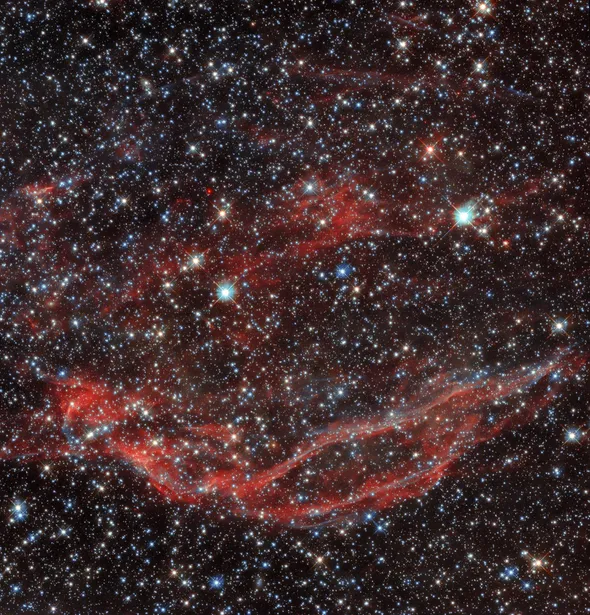A picture from NASA / ESA's Hubble Space Telescope shows the remains of a supernova - a huge explosion that marks the end of the life of a dying star This cosmic object - known as DEM l249 - is thought to have been produced by a type 1A supernova during the death of a white dwarf.

Although white dwarfs are usually stable, if they are part of a binary system, they can slowly accumulate matter. The increase in this material continues until the white dwarf reaches critical mass and a catastrophic supernova explosion occurs, in which a large amount of material is ejected into space.
DEM l249, located in Mensa, belongs to the Large Magellanic Galaxy (LMC). It is a small satellite galaxy of the Milky Way galaxy, only 160000 light-years away from the earth. The Large Magellanic galaxy is an ideal natural laboratory where astronomers can study the birth, evolution and death of stars, because this region is close to the earth and contains relatively little interstellar dust that absorbs light. The data in this picture was collected by Hubble's third generation wide area camera (WFC3) during a systematic search of the LMC in order to find the surviving "companions" of the white dwarf that has become a supernova.